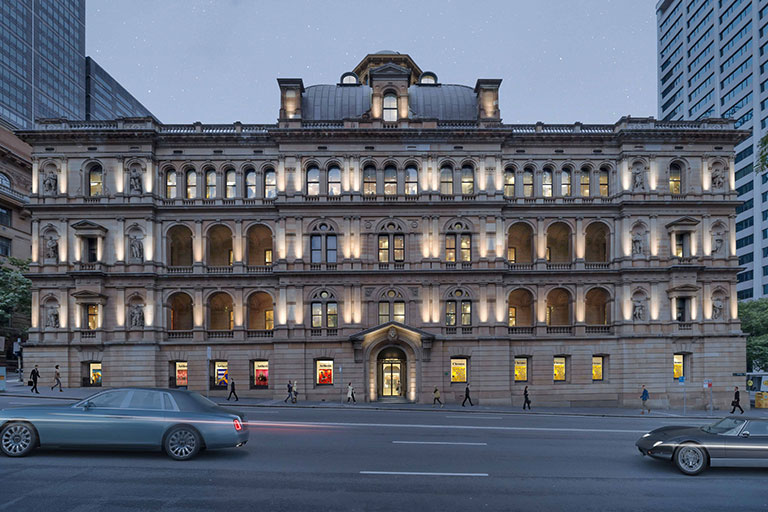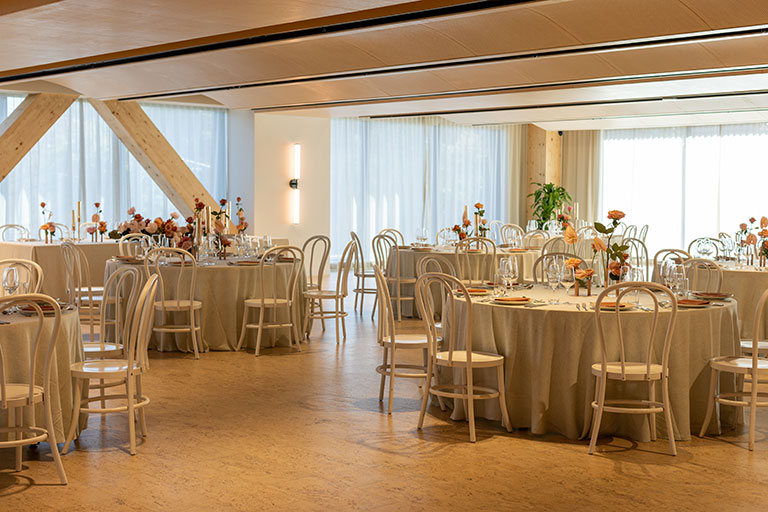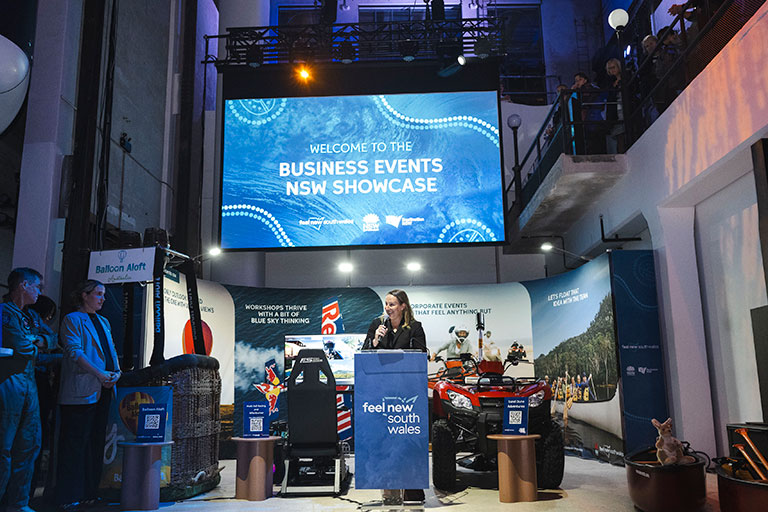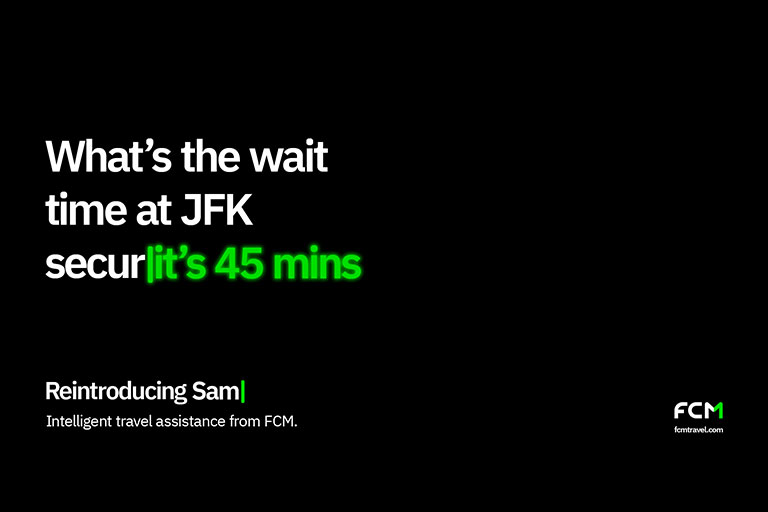
New event spaces to open near Sydney’s Circular Quay
The Lands by Capella will open in early 2026 in Sydney’s CBD, offering five new event spaces including

The Lands by Capella will open in early 2026 in Sydney’s CBD, offering five new event spaces including

Australia’s national carrier says a cyber criminal gained access to a platform where the data of six million

Hyatt Hotels has brought its Hyatt House brand to Australia with the opening of Hyatt House South Melbourne.

Large-scale ag tech event evokeAG is returning to the place it all began for 2026.

The new venue can cater for seated dining events of up to 240 delegates in a new precinct

IHG’s InterContinental brand has arrived in Brisbane, with the opening of a 319-room hotel just off the city’s

The two state funded convention bureaus for NSW have secured 114 business events for delivery in 2025.

The two buyers of The Star Entertainment Group’s investment in Queen’s Wharf have given notice to terminate the

FCM Travel has debuted an improved AI assistant called Sam, with FCM’s meetings and events arm likely to

An opening date has been set for Christchurch’s new multi-use stadium but its CEO, Caroline Harvie-Teare, would not

Queen Sirikit National Convention Center (QSNCC), in Bangkok, has announced a real-time carbon footprint tracking dashboard.

The Queensland Government has committed almost $4 billion to Olympic venue delivery alongside a huge investment in the